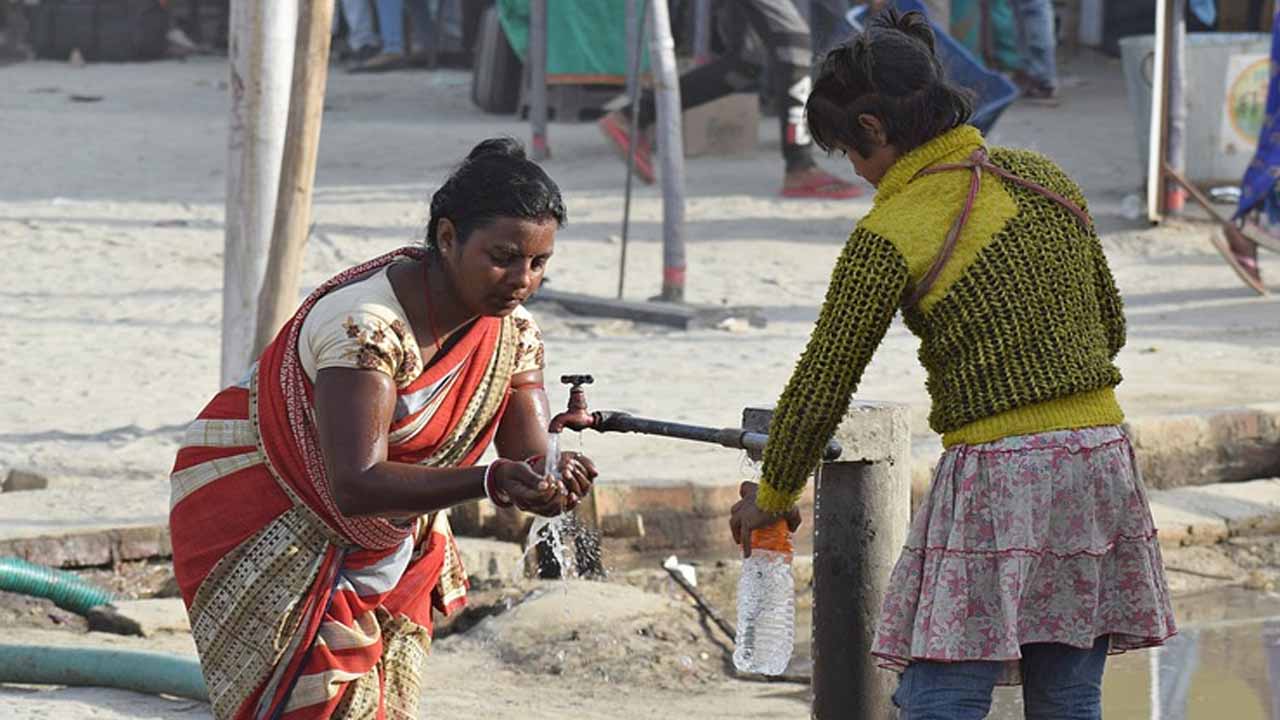In a written reply in Rajya Sabha, Minister of State for Jal Shakti Prahlad Singh Patel said that the states and union territories (UTs) have been advised to carry out testing of drinking water sources once a year for chemical and physical parameters and twice a year for bacteriological parameters. The minister also advised the states and UTs to open water quality testing laboratories to the general public at a nominal rate for testing their water samples.
To enable states/UTs to test water samples for water quality, and for sample collection, reporting, monitoring and surveillance of drinking water sources, an online JJM – Water Quality Management Information System (WQMIS) portal has been developed. The state-wise details of the water quality test reported through WQMIS is available in the public domain on JJM dashboard and can also be accessed at JJM-WQMIS portal.
According to the data shared by the government, the number of cases of water-borne diseases is decreasing every year.
Drinking water supply is a state affair. The Department of Water Supply/Water and Wastewater/Public Health Engineering and/or the relevant state government/UT Administration parastatal organisation are responsible for the provision of water services and quality water supplied in their respective state/UT.
The government of India operates Jal Jeevan Mission (JJM) – in partnership with Har Ghar Jal, to provide an adequate quantity of prescribed quality potable water on a regular and long-term basis to every rural household by 2024. When allocating JJM funds to states/UTs from August 2019, a 10% weight is given to the population living in residential areas affected by chemical pollutants such as arsenic and fluoride.
What is arsenic in drinking water?
Although arsenic is a geological problem and more than 100 countries face this threat, there was no information about its health risks in India until nearly five decades ago. While scientists and researchers continue to investigate the causes of the spread, some say the problem did not exist before due to the use of surface water from rivers, ponds and open wells for purposes. consumption and cooking.
India ranks 120 out of 122 countries in the Global Water Quality Index. According to a study by IIT Kharagpur, 20% of the country is now affected by arsenic and 25 million people are at risk of developing related diseases.
According to the WHO, the arsenic content in groundwater should not exceed 10 micrograms per litre or 10 ppb (parts per billion), but it can exceed the limit by 10, 20 or 50 times, sometimes 100 or 200 times in India.
A report by United Nations International Children’s Emergency Fund (UNICEF) shows that every fifth child in the world is affected by water scarcity and due to the lack of availability of clean water, 700 children die from diarrhoea every day across the world. The report titled Water security for all was published in 2021.


























